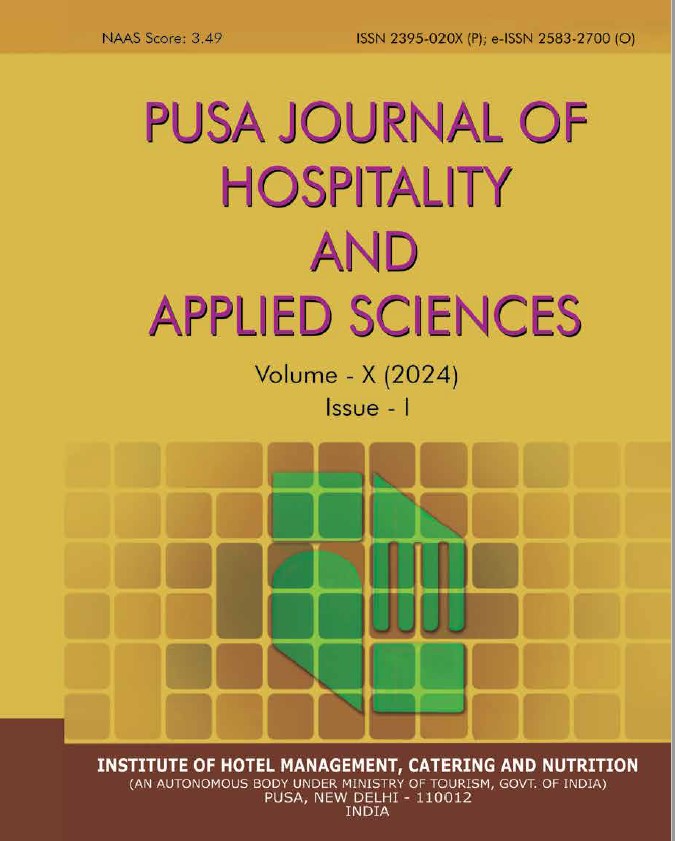A Study On Career Progression For Women In Hotel Industry: Current Scenario
Keywords:
Career of women, Hospitality Industry, Career Progression, Unbalanced dynamicsAbstract
Background: The hospitality industry has no dearth of women joining the industry. In fact if we have a look at the data available with various hotel management institutes, the success ratio of girls to boys is very high. Still when it comes to the senior management positions in the hotels like General Manager and other Head of Departments, it’s the men who rule the roost. Now with the society being more accepting towards working women, the newer generation may see different result. But with the current scenario still in existence, we should be expecting the same results, hence giving us the need to explore the unbalanced dynamics of this mismatched career progression between male and female employees. Objective: The purpose of the study was to discover how successful women achieve their senior-level positions, how they balance their work and family life, and what career advice they can offer to future hospitality leaders. Methodology: It involved interviews from female hotel employees through semi-structured questionnaire. The interview was conducted on 35 female employees working at various positions in 8 different star category hotels in the city Jaipur with an idea to explore the challenges faced by them in the career ladder in hotel management. Results: A very fair distribution of job positions ranging from associate to managers with 30 percent at associate level and 25percent at Managers leve was seen. On an average, women did not feel that gender based discrimination is hindering their chance to progress. Respondents felt lack of family support, nature of work career growth and pay package as career barriers. Conclusion: The study may help students learn from successful female hoteliers and perhaps increase their commitment to longevity in hotel careers. Also to sensitize the male counterparts in the industry to the specific needs of the female employees in phases of their professional life.
References
Altman, Y., Simpson, R., Baruch, Y. & Burke, R. (2005). Reframing the “glass ceiling” debate. In R. Burke (Eds.) Supporting Women’s Career Advancement, Edward Elgar: Cheltenham.
Biswas, R. (1996). Strategic HRM and the gendered division of labour in the hotel industry: A case study. 19-34.
Brownell, J. (1994b). Personality and career development: A study of gender differences. Cornell Hotel and Restaurant Administration Quarterly, 35(2), 36-43. .
Brownell, J. (1994a). Women in hospitality management: General managers’ perceptions of factors related to career development. International Journal of Hospitality Management, 13(2), 101-117.
Kinnaird, V. (1994). Tourism: A gender analysis. Lincoln, United Kingdom: John Wiley & Sons. ISBN 10: 0471948330 ISBN 13: 9780471948339.
Maxwell, G. A. (1997). Hotel general management: Views from above the glass ceiling. . International Journal of Contemporary 9(5/6), 230-235. .
Mihail, D. (2006). Gender-based stereotypes in the workplace. The case of Greece. Equal Opportunities International, 25(5), 373-388.
Scott, J. ( 1995). Sexual and national boundaries in tourism. Annals of Tourism Research, 22(2), 385-403.
Tom Baum, C. C. (2015). Women in Tourism & Hospitality: Unlocking the Potential in the Talent Pool. White Paper, 4-5.
Woods, R. H. (2000). Women in hotel management. . Cornell Hotel and Restaurant Administration Quarterly,41(5), 51-54.




